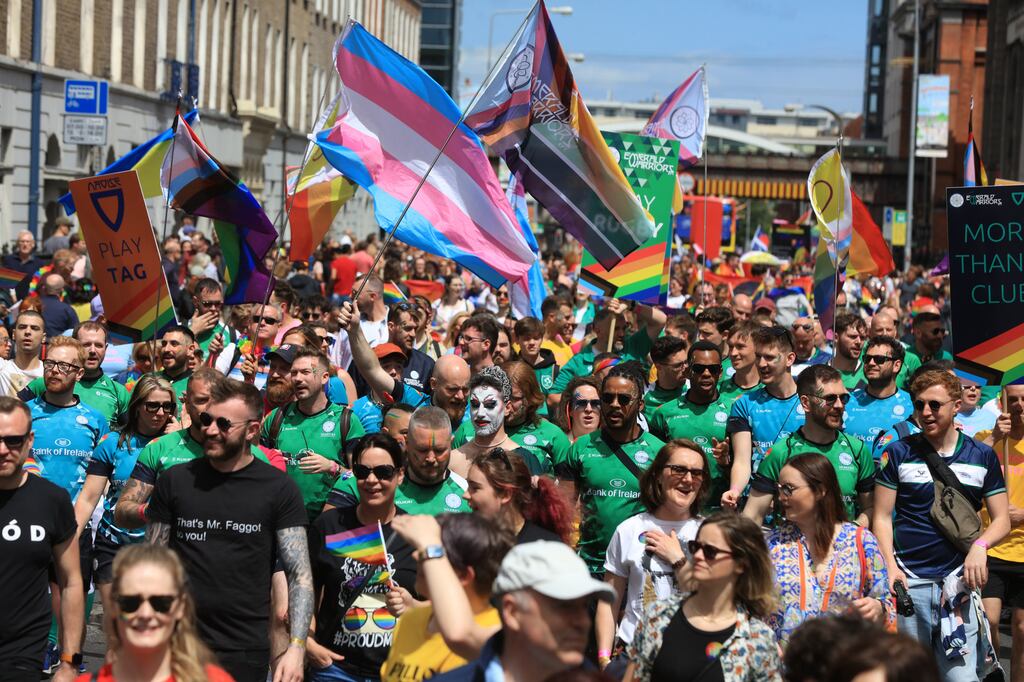On March 22nd, 1996, 4Guyz, Ireland’s first openly gay band, launched themselves on to the music scene in a performance at Dublin’s Wonderbar. The buzz created was such that the five members (yes, five guys – the queers know how to shed restricting societal norms) found themselves with a guest slot on 1990s hallmark TV show, Eurotrash.
And so it was their covers of Diana Ross’s I’m Coming Out and The Weather Girls’ It’s Raining Men that became the soundtrack to my reading experience, which, similar to its namesake, RTÉ's Reeling in the Years, uses archival material and oral history to tell the social, political and cultural story of queer Ireland. Or, as its publishers put it, to “bring even more to life the great big gay tapestry in Ireland”.
Of course, any tapestry will present a variety of images and hues. This book is as much a celebration of queer joy, as it is an insight into the transgression, trauma and tragedy that shaped queer Ireland over the past fifty years.
In 14 key moments, that range from the devastation of the Aids epidemic and ensuing media misinformation and censoring, to the homophobic murder of Declan Flynn and the subsequent prejudicial criminal justice treatment, this book is a reminder, if we needed one, of the stigma and violence that raged against the community.
READ MORE
It is also a story of allyship and the small but significant acts of solidarity across the island of Ireland. These include the Belfast Lesbian Line, volunteer make-up and clothes shopping assistants for gender-queer people, and the mothers, aunts, “bent politicians” and members of clergy who provided practical and emotional support, not to mention safe spaces for their queer peers and loved ones to just “be”.
This solidarity goes both ways. Reeling in the Queers pays testament to the safe spaces the queer community have historically created for other minority groups and peoples deemed “queer” or “abnormal” by society. The chapter on the infamous, now-retired, Alternative Miss Ireland speaks to this embracing community.
Kerrigan’s prose is a medium to share and promote these moving stories. It doesn’t come with its own character but functions efficiently to draw a tender portrait of the quiet heroes, and acts of everyday heroism, that served to advance the rights and dignity of queer Ireland.












